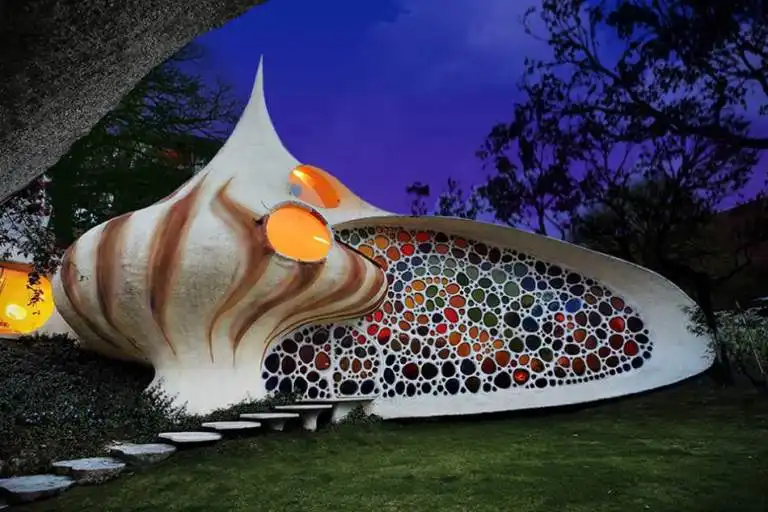Sutyagin House, Russia
The Arkhangelsk, Russia, crime lord Nikolai Petrovich Sutyagin began building the Sutyagin House in 1992 and spent the next 15 years perfecting it. The Sutyagin family expanded their three-story home into a 13-story structure without a building permit or formal plans, making it the world’s tallest wooden structure. The building was torn down in 2008 after it was deemed a fire hazard by city officials. In all honesty, though, we think it’s for the best that way.
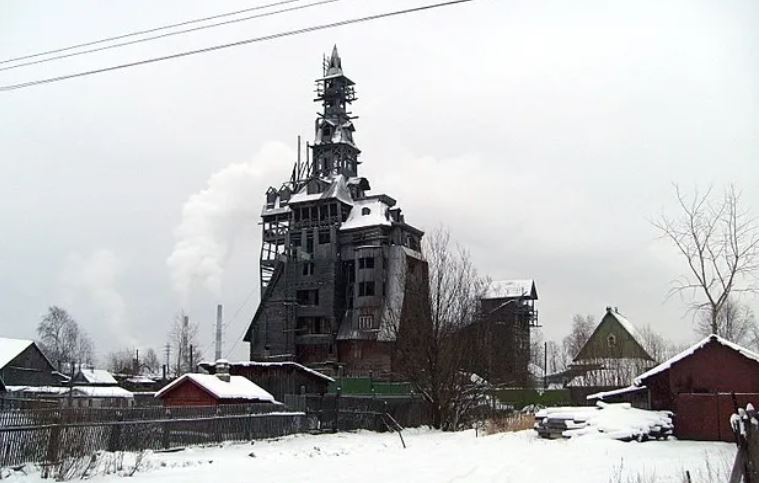
Sutyagin House, Russia
Phoenix House, Hawaii
The Phoenix House is currently listed on Airbnb, so if you’ve always wanted to sleep in the shadow of an active Hawaiian volcano, now’s your chance! The Phoenix House on Hawaii’s Big Island is perilously close to the lava flow during an eruption of Kilauea. In addition, Kilauea is one of the world’s most active volcanoes right now, so you’ll almost certainly see some eruptions if you decide to take a vacation there.
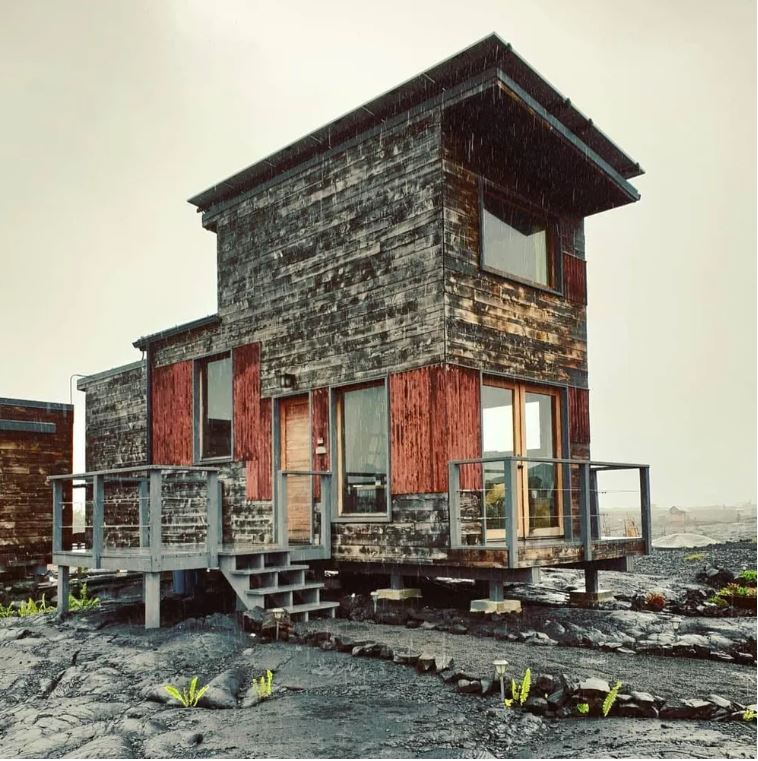
Phoenix House, Hawaii
Drina River House, Serbia
In 1968, two brothers built a house on an island in the Drina River not far from the town of Bajina Bata in Serbia. It was unfortunately washed away during the rainy season, but it was reconstructed the following year. The house became famous all over the world in 1994 when it was passed by some 20,000 people at the first annual Drina Regatta. Nowadays, it’s a popular tourist destination in Serbia.

Drina River House, Serbia
Elliðaey Island, Iceland
Do you consider yourself an introvert? If so, do you think you’d be able to handle life in the world’s most isolated home? This isolated home was once used as a hunting lodge on Elliaey Island, which is located off the southern coast of Iceland. Also on the island is a decrepit warehouse that was once occupied by scientists. Why, then, do you think it’s risky to be here? Let’s just say that if you have the misfortune of breaking your leg in a fall, good luck getting to a doctor.

Elliðaey Island, Iceland
Castellfollit de la Roca, Spain
Catalonia’s Castellfollit de la Roca sits on a cliff formed when two lava flows stacked on top of one another, towering over the confluence of two rivers below. The town, which is over a millennium old, stretches for almost a full kilometer and is home to fewer than a thousand people. In the event that you absolutely must traverse this neighborhood, there is a teeny, tiny street that winds its way around the perimeter of the houses. Imagine, for a moment, that your backyard is a precipice.
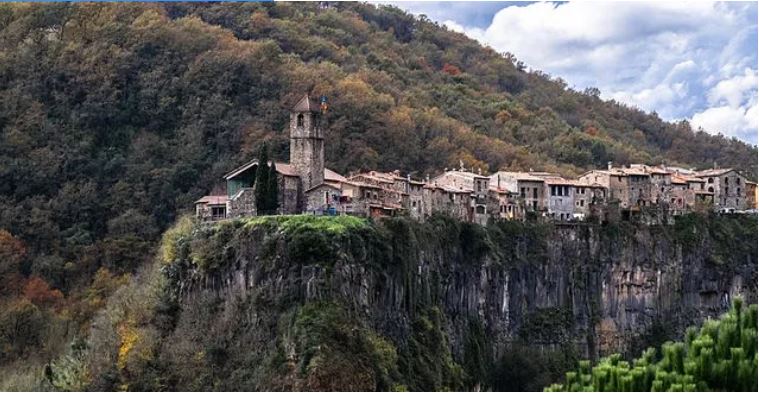
Castellfollit De La Roca, Spain
Chemosphere, Los Angeles
The Chemosphere is a 2,200-square-foot, one-story octagonal house in Los Angeles that sits atop a 30-foot-tall, 5-foot-wide concrete column. It was once called “the most modern home built in the world,” and it was designed by John Lautner in 1960. Considering that the house was built on a 45-degree incline, the ingenuity of its design is being singled out for special praise.
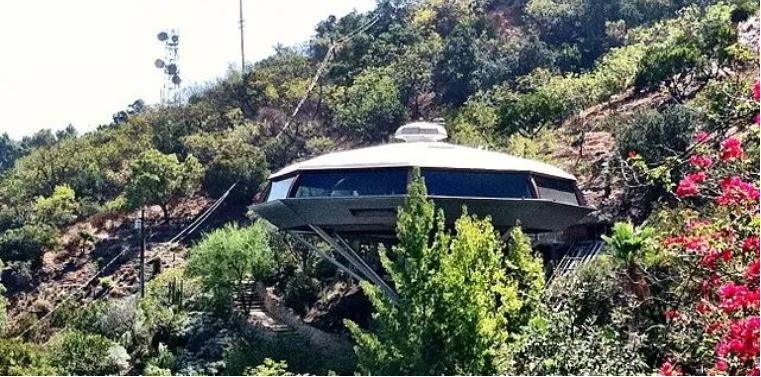
Chemosphere, Los Angeles
Just Room Enough Island, New York
Hub Island, also called Just Room Enough Island, is located in the Saint Lawrence River in upstate New York and straddles the international border between Canada and the United States. Just Room Enough Island, the world’s smallest inhabited island, measures a scant 3,300 square feet, which is more than adequate space for a single dwelling, a single tree, and a modest stretch of beach. The Sizeland family bought the island in the 1950s with the intention of using it as a private getaway; however, as soon as word got out, the island was no longer isolated.
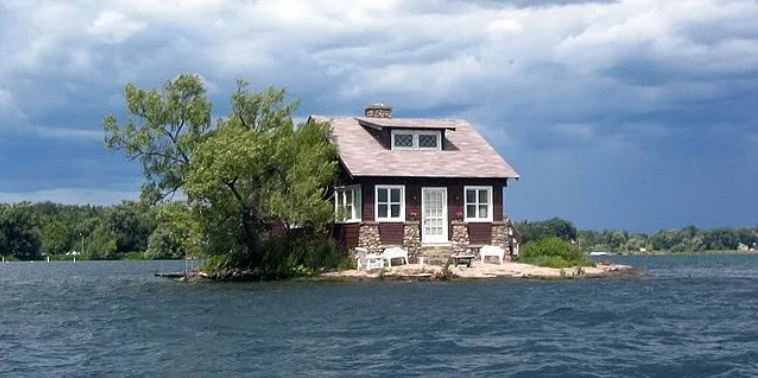
Just Room Enough Island, New York
Shadowcliff, Lake Michigan
Shadowcliff, an architectural masterpiece by Harry Weese, is a glass cube perched on a cliff above Lake Michigan. A former advisor to Lyndon B. Johnson, Ben W. Heineman, had his own office here built as a getaway. Weese made sure it was built to withstand winds of up to 90 miles per hour, despite its intimidating appearance. The glass floor window overlooking the cliff below is unquestionably the most interesting aspect of this structure.

Shadowcliff, Lake Michigan
Solvay Hut, Switzerland
There is a small hut hidden away on the side of the Matterhorn in the Alps, built specifically for mountaineers to use as a temporary shelter from the elements. It’s not a huge space, but it could accommodate 10 people if absolutely necessary. In the event of an avalanche or other injury requiring evacuation by helicopter, it also features an emergency phone line.

Solvay Hut, Switzerland
Falling Water House, Pennsylvania
The Falling Water House in Pennsylvania is literally situated on top of a waterfall and is ensconced in lush greenery, as the name would imply. The Falling Water House, built by the famous architect Frank Lloyd Wright, was not built with durability or safety in mind. Raising $11 million was necessary to correct the problems, such as floors that were too weak to support the structure and beams that cracked under the weight of the house.
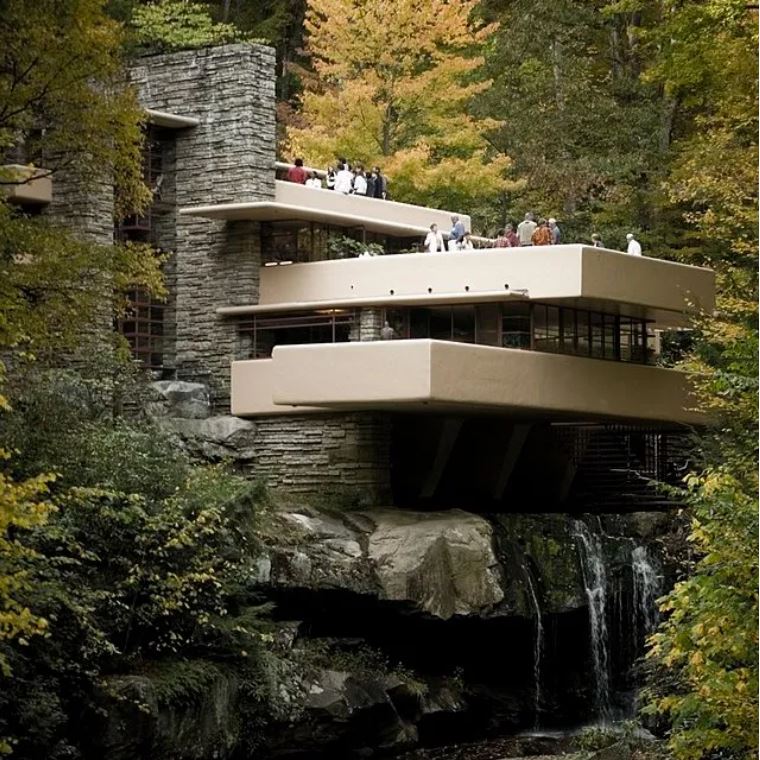
Falling Water House, Pennsylvania
Meteora Monasteries, Greece
One of the largest and tallest Eastern Orthodox monastery complexes in the world can be found in the Meteora in central Greece. As a defense mechanism against invasion, the original 24 monasteries were constructed atop the natural pillars at the end of the 14th century. There are now fewer than ten people living in each of the six that still exist. How, then, do the residents enter and exit the area? It used to be reachable only by means of a rope; however, modern-day rock formations have been modified to include stairs.
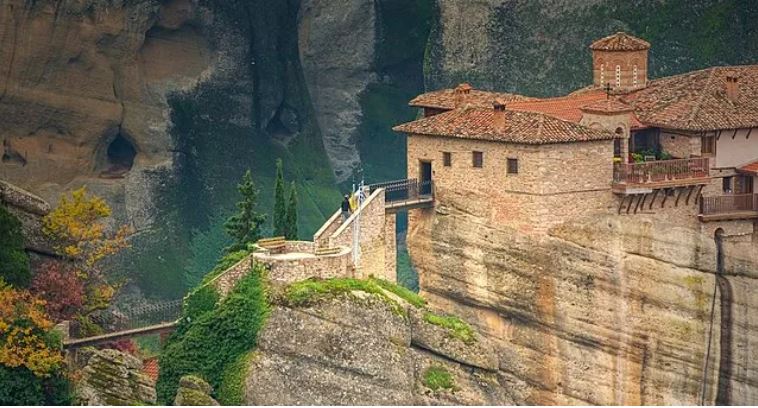
Meteora Monasteries, Greece
Tiger’s Nest Monastery, Bhutan
You’ve probably noticed by now that monks oftentimes live on the edge, both figuratively and literally. Those who have lived at Bhutan’s Tiger’s Nest Monastery have found this to be the case. The monastery, which is perched on a cliff at an elevation of nearly 3,000 feet, is reached after a two-hour hike at the very least. If you’re ever in Bhutan and aren’t afraid of heights, you should visit this spot immediately because it’s rumored to be breathtaking.

Tiger’s Nest Monastery, Bhutan
Leaning Towers of Santos, Brazil
As it happens, leaning towers aren’t restricted to Italy. Unlike the Leaning Tower of Pisa, which serves primarily as a tourist attraction, the leaning towers of Santos, Brazil, are actually occupied by people who make their living in those buildings. These structures lean to one side because their foundations were hastily built into soft clay rather than dug deeper into the group, as would have been ideal under stricter building codes. While they may raise eyebrows, if there is ever an earthquake, these buildings could be disastrous.

Leaning Towers Of Santos, Brazil
The Hanging Houses of Cuenca, Spain
Although evidence of the Hanging Houses, also known as Las Casas Colgadas in Spanish, dates back to at least the 15th century, their etymology and historical development remain a mystery to historians. You have to admit that they blend in with the rock very well. There is now a restaurant and the Spanish Museum of Abstract Art located in the Hanging Houses. Probably not surprisingly, they are the most well-known structures in all of Cuenca.
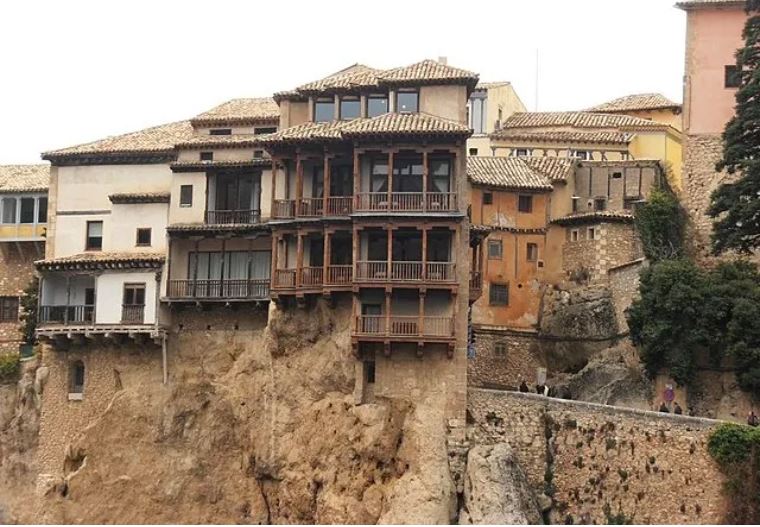
The Hanging Houses Of Cuenca, Spain
The Cliff House, Australia
Those with a fear of heights should probably avoid this cliff house in Victoria, Australia. This five-story home got its inspiration from the way barnacles attach to ships, and it is built directly into the vertical face of a cliff. The house’s roof doubles as a garage, so if that weren’t unnerving enough, you can pile even more stuff on top! How about you? Are you all set to move in?
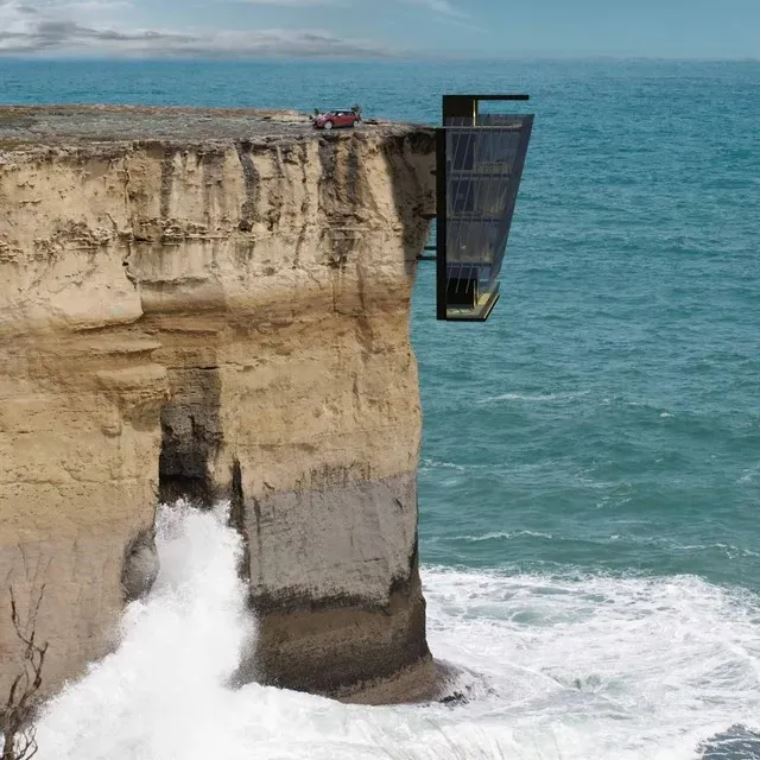
The Cliff House, Australia
Glass House, Sonoma Valley, California
This Sonoma Valley home is only two hours from San Francisco and has an asking price of $3.9 million. Almost the entire home has breathtaking views of the Pacific Ocean. Why wouldn’t you love it? First of all, the majority of the structure is made out of glass. It has a vantage point 300 feet above the water and is perched on a rocky point. Is there any value to it all? We’ll defer to your judgment on that matter.
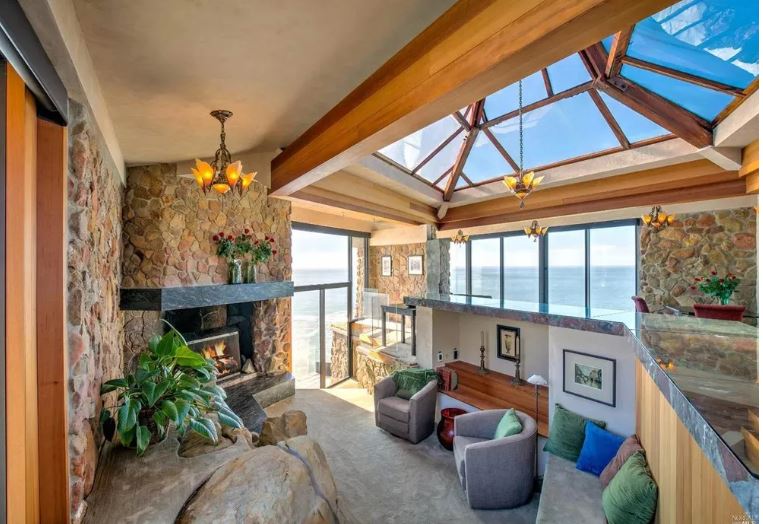
Glass House, Sonoma Valley, California
House on Middle Sedge Island, New Jersey
Middle Sedge Island is a private island off the coast of New Jersey in the Atlantic Ocean that contains a single residence with numerous high-end features, including a heated pool, guest house, bocce court, and more. Unfortunately, all that opulence came at a price; not only is the home inaccessible except by boat or helicopter but it was completely wiped out in Hurricane Sandy in 2012. The cost of fixing the damage was prohibitive, so no action has been taken as of yet.
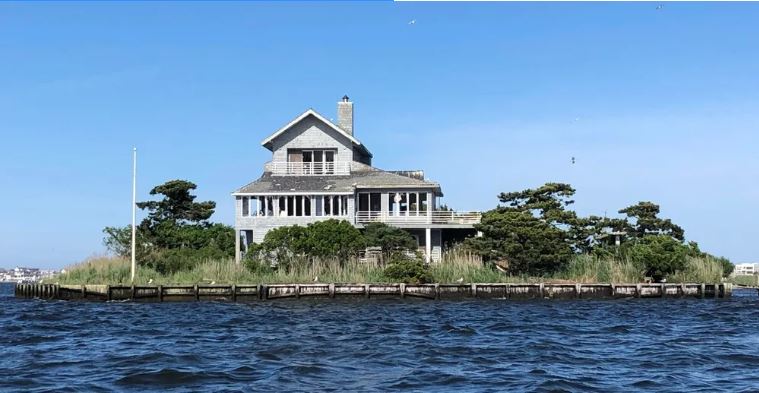
House On Middle Sedge Island, New Jersey
The Underground Homes of Coober Pedy, Australia
Coober Pedy, in the Australian state of South Australia, is famous as an opal mining center. But perhaps most peculiar of all is the fact that 80% of the town’s inhabitants reside in “dugouts” beneath the surface, all in an effort to survive the unbearable daytime heat. It can get as hot as 127 degrees Fahrenheit in the daytime in Coober Pedy, so if you live there, you should be prepared to risk heat stroke whenever you go outside.
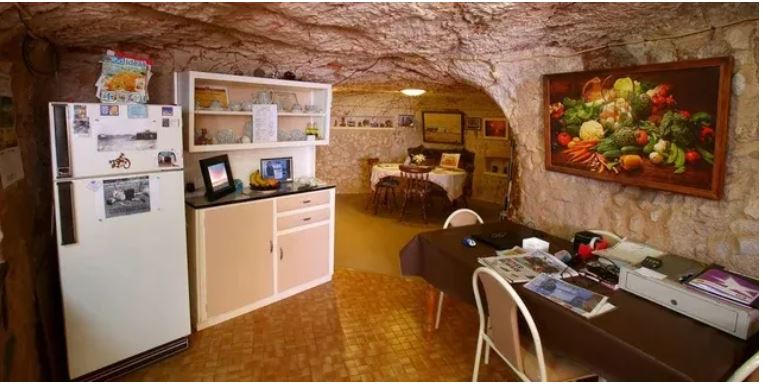
The Underground Homes Of Coober Pedy, Australia
WoZoCo Apartments, Netherlands
What would you think about an apartment that extends completely beyond the building? The residents of the WoZoCo Apartments in Amsterdam can attest to this fact. They were built in an inventive way that complied with local regulations but also accommodated the specific needs of the customer. The protruding units are securely attached to the building, but it is still unsettling to stand directly beneath them.
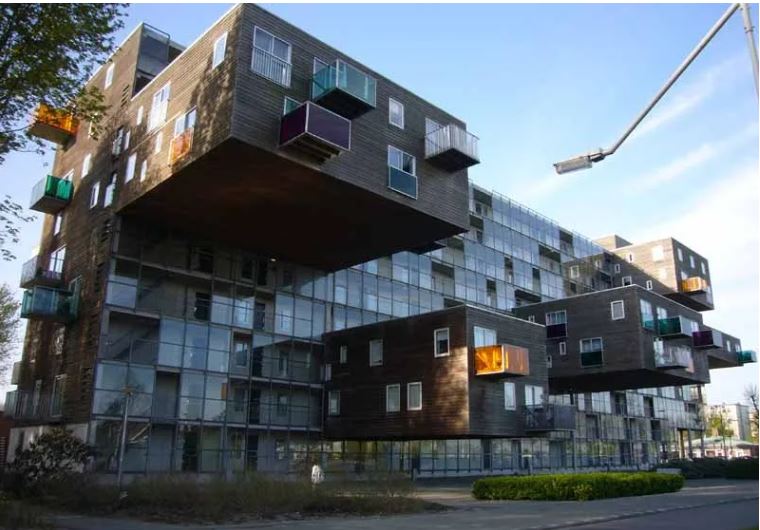
WoZoCo Apartments, Netherlands
Lake Kivu, Central Africa
About 2 million people call the picturesque Lake Kivu region home, which straddles the border between the Democratic Republic of the Congo and Rwanda. But don’t be fooled by its beauty; it’s actually a time bomb waiting to go off. Limnic eruptions, where carbon dioxide bubbles up from deep within a lake, are extremely rare but have been documented on three lakes around the world, including Lake Kivu. The end result is a deadly gas cloud that can suffocate everything for miles around. Oh, and researchers still don’t know what would set off a limnic eruption in Lake Kivu. House construction there should be done at the owner’s own risk.
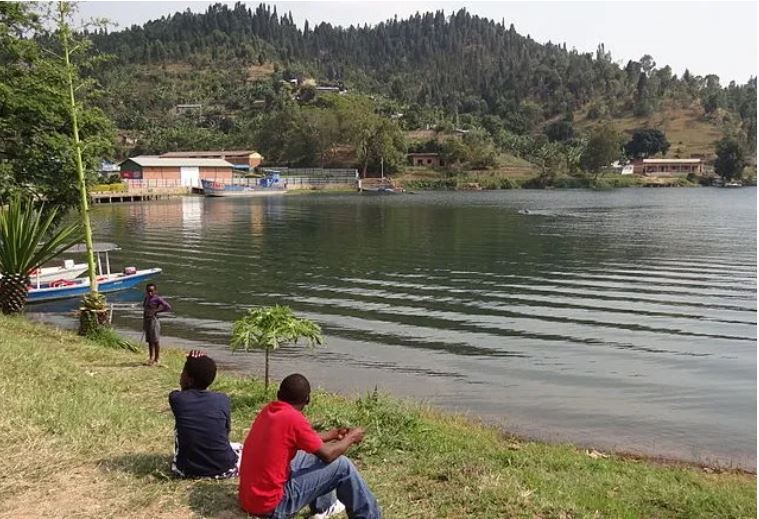
Lake Kivu, Central Africa
Casa do Penedo, Portugal
The Stone House, or Casa do Penedo, can be found in northern Portugal. The home’s construction began in 1972 and continued through 1974; the owners planned to use it as a vacation retreat throughout construction. However, now it is only a tourist attraction, with a small museum displaying artifacts from the home’s past. Although it is close to a wind farm, the house itself does not receive any of the power generated there. This is what you call a rustic lifestyle?
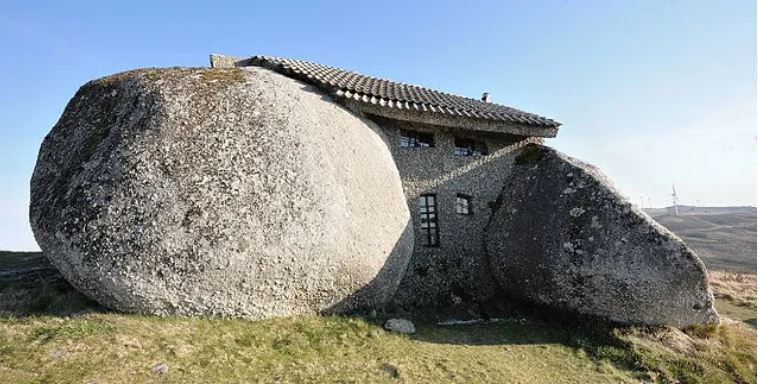
Casa Do Penedo, Portugal
Keret House, Poland
Keret House could be the perfect home for you if you’re a fan of compact living. The Keret House in Warsaw, Poland, was built as an art installation and is the world’s narrowest house at its widest point (just under 5 feet). The Keret House is not up to Polish building standards, so it is technically an art installation rather than a residence (but just one at a time, to be precise).
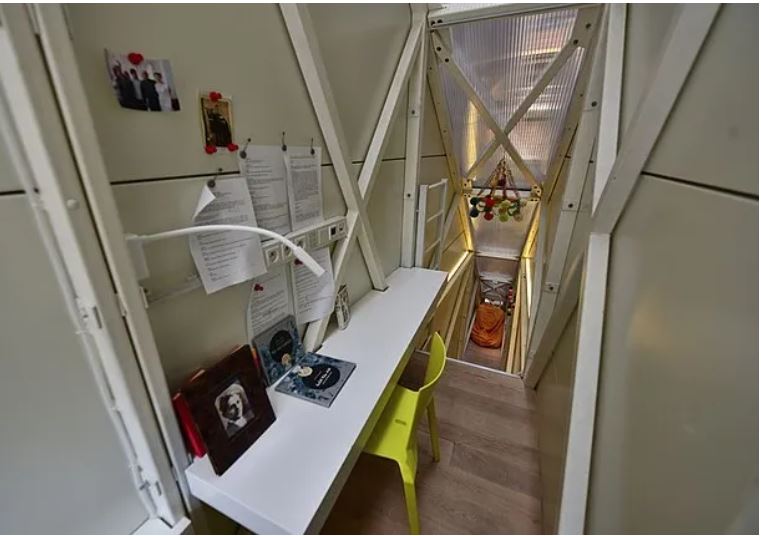
Keret House, Poland
Dumpster Apartment, New York City
Living costs in New York City are high; nobody disputes that. It has been argued that you couldn’t even rent a dumpster for less than $1,500 per month. One decorator set out to prove that such a thing is possible by creating a fully functional dumpster apartment, complete with a kitchen, bathroom, bedroom, and sun deck, as seen in this installation art piece. And all for only $1,200/month!
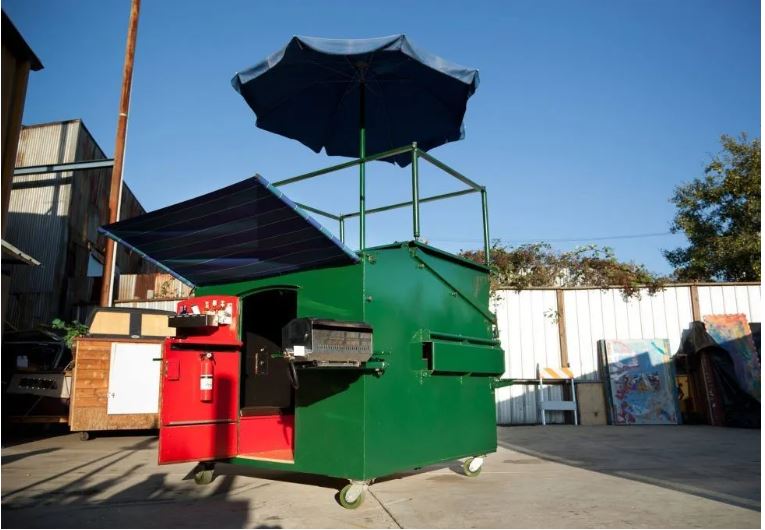
Dumpster Apartment, New York City
Katskhi Pillar, Georgia
Near the Georgian town of Chiatura stands the 130-foot-tall Katskhi pillar, which is made of natural limestone. A hermit from the 9th or 10th century constructed the structure atop the pillar. Maksim Qavtaradze, a Georgian Orthodox monk, currently resides there. Qavtaradze only ventures off his pillar twice a week to collect food from the monastery below, and even then he has to use a ladder to descend the sheer rock face.
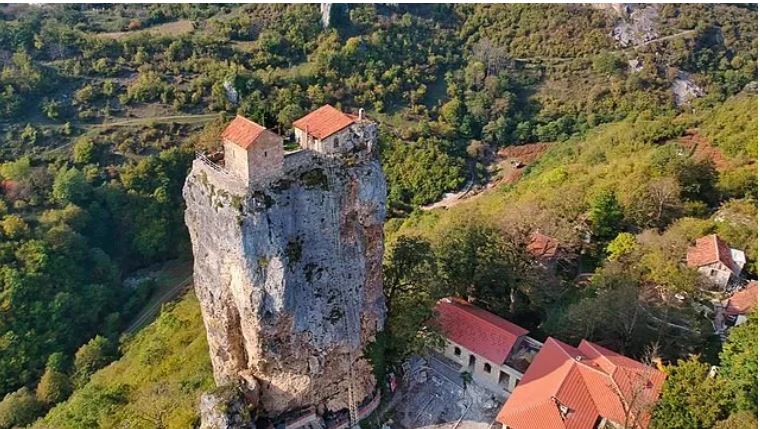
Katskhi Pillar, Georgia

